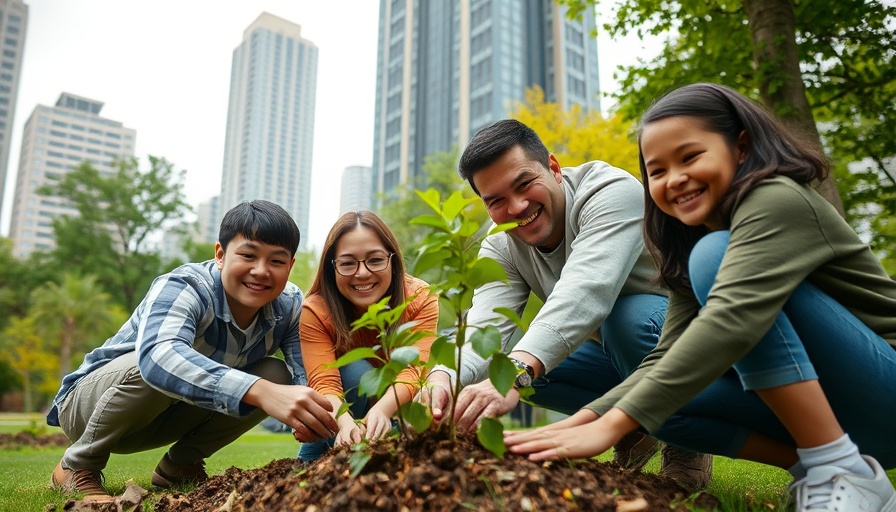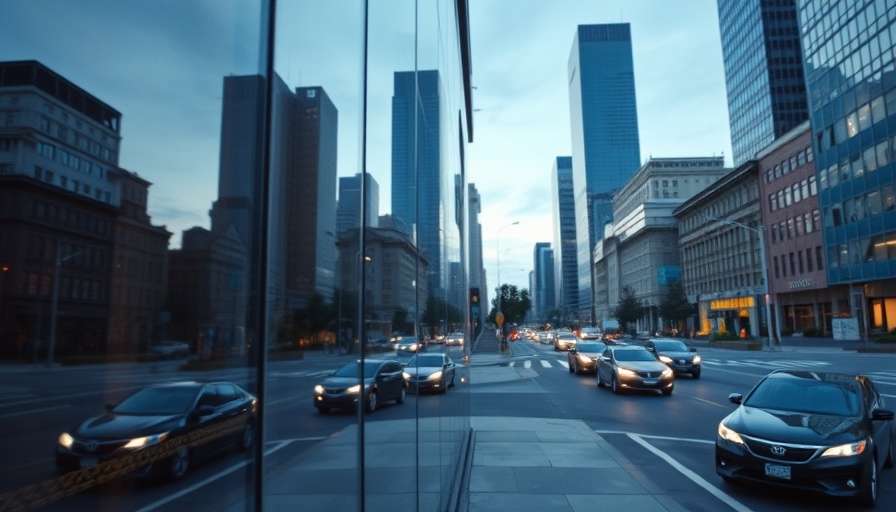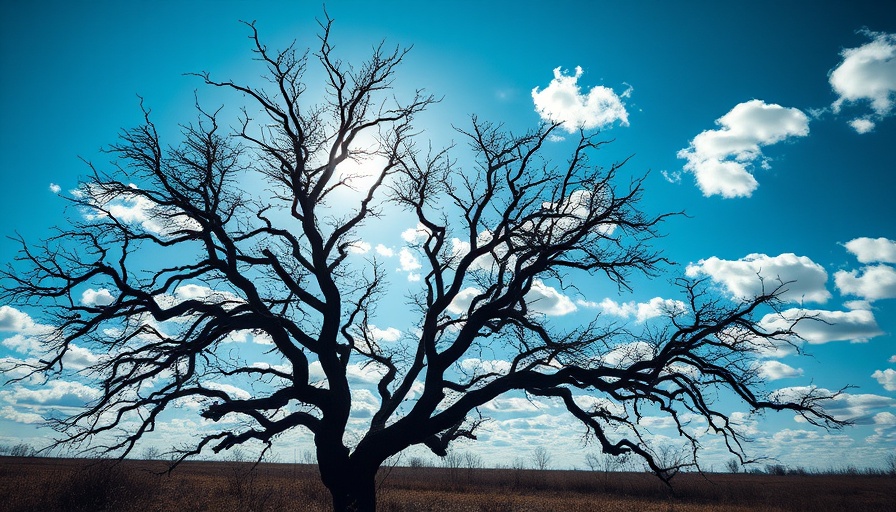
Choosing a Final Resting Place That Honors Nature
As more families turn their focus toward sustainable living, it's no surprise that death practices are also undergoing a green transformation. An eco-conscious funeral respects both the deceased and the environment, offering families alternatives that reflect their values. Options range from biodegradable burial containers to green cremation, allowing us to honor our love for nature even in our final moments.
Understanding Sustainable Funeral Options
Sustainable funerals focus on reducing the ecological impact of traditional burial and cremation methods. Traditional coffins made from metals and hardwoods require significant resources and often end up in landfills. In contrast, natural or biodegradable urns and caskets are designed to decompose over time. Additionally, some facilities offer services like aquamation, a chemical process that uses water instead of flames for cremation, which significantly lowers energy consumption.
Why Choose Eco-Friendly Options?
Using sustainable funeral options not only reduces your carbon footprint but also fosters a deeper connection with our environment. Each choice made during this process—from selecting compostable materials for burial to creating a memorial garden—can contribute positively to local ecosystems. Families can also consider participating in initiatives such as tree planting or supporting forest restoration efforts in honor of their loved ones.
The Role of Local Cemeteries and Services
Local cemeteries are adapting to meet the demand for environmentally-friendly options. Many offer designated areas for green burials, which focus on allowing the body to naturally decompose without the use of toxic chemicals. Furthermore, incorporating reclaimed materials into memorials and grave markers can help families maintain a lower resource consumption approach.
Making Informed Choices
As you explore sustainable options for your loved one’s final arrangements, here are several key factors to consider:
- Investigate local regulations and cemetery options for green burials.
- Ask funeral providers about the sustainability of their materials and practices.
- Research services that specialize in sustainable food during memorial gatherings, ensuring that every aspect of the event aligns with eco-friendly values.
Embracing the Circular Economy in Grief
Being eco-conscious extends beyond individual actions; it's about shifting the culture around how we perceive death and remembrance. Selecting biodegradable containers, incorporating sustainable materials, and organizing memorial events that focus on sustainability strategies can pave the way towards a circular economy in funeral practices.
Innovative Alternatives in Funeral Practices
Beyond traditional avenues, families can explore unique methods, such as setting up memorial forests where loved ones can rest among trees. These areas can tie back into a broader sustainability strategy and support reforestation efforts, hence promoting renaturation and aiding biodiversity. Families can also plant a tree as a living tribute, further enhancing the connection to nature and carrying forward the legacy of their loved one.
Final Thoughts on Sustainable Farewells
The choice of sustainable funeral options offers a heartfelt way to honor loved ones while caring for our planet. By choosing eco-friendly practices, whether it's through tree planting initiatives or natural burial, families can set a profound example of love for the earth. As you explore these options, consider how they align with your family's values, and embrace the moment as a celebration of life that gives back to nature.
Ready to explore sustainable funeral options for your family? Start thinking about how you can make a positive impact even in this final ritual.
 Add Row
Add Row  Add
Add 




Write A Comment